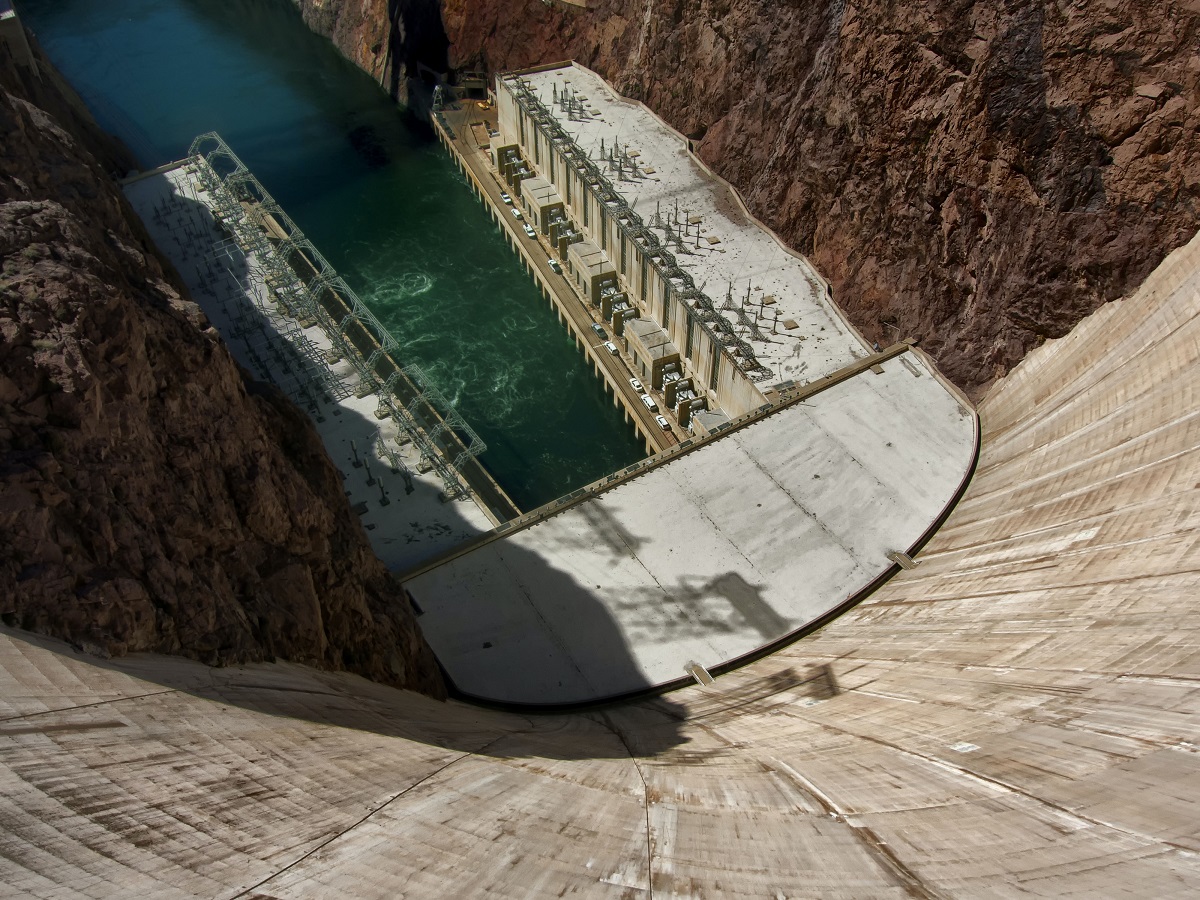The Baihetan Hydropower Station, the world’s biggest hydroelectric power project, has generated more than 10 billion kilowatt-hours (kWh) of clean energy so far this year, marking yet another key milestone in China’s attempts to attain energy self-sufficiency and renewable power targets, Global Times reports.
The station — being developed by Three Gorges Group — is a key project for delivering ample hydroelectric power from western China to the nation’s major economic powerhouses in the east. It is located in the mainline of the Jinsha River at the intersection of Southwest China’s Sichuan and Yunnan Provinces.
The Baihetan Hydropower Station is capable of producing 16 million kilowatts in total installed capacity, thanks to 16 independently built hydropower-generator units with the world’s greatest single-unit capacity of 1 million kilowatts.
The station’s cumulative electricity output has surpassed 25.6 billion kWh since the first units were turned on in June 2021. The final assembly work on the station’s last two units is nearing completion, and the project is nearing completion.
Three Gorges will have placed into service 110 hydropower units in the Yangtze River’s main artery once the station is fully operational, with a total installed capacity of 71.695 million kilowatts.
This is the equivalent of three Three Gorges Hydroelectric Power Stations, and it is projected to significantly reduce energy restrictions in the country’s eastern regions, particularly the Yangtze River Delta, a key domestic industry hub.
The Baihetan Hydropower Station also contributes to China’s green and low-carbon goals, as the government moves away from coal and toward renewable and clean energy sources.
The station’s 10 billion kWh of power can substitute 3.06 million tons of conventional coal and cut carbon dioxide emissions by 8.38 million tons, the amount of growing 33,000 hectares of forest.
Hydroelectricity contributed 14.6% of China’s overall electricity generation in 2021. According to Lin Boqiang, head of Xiamen University’s China Center for Energy Economics Research, the percentage might reach over 17% this year.

